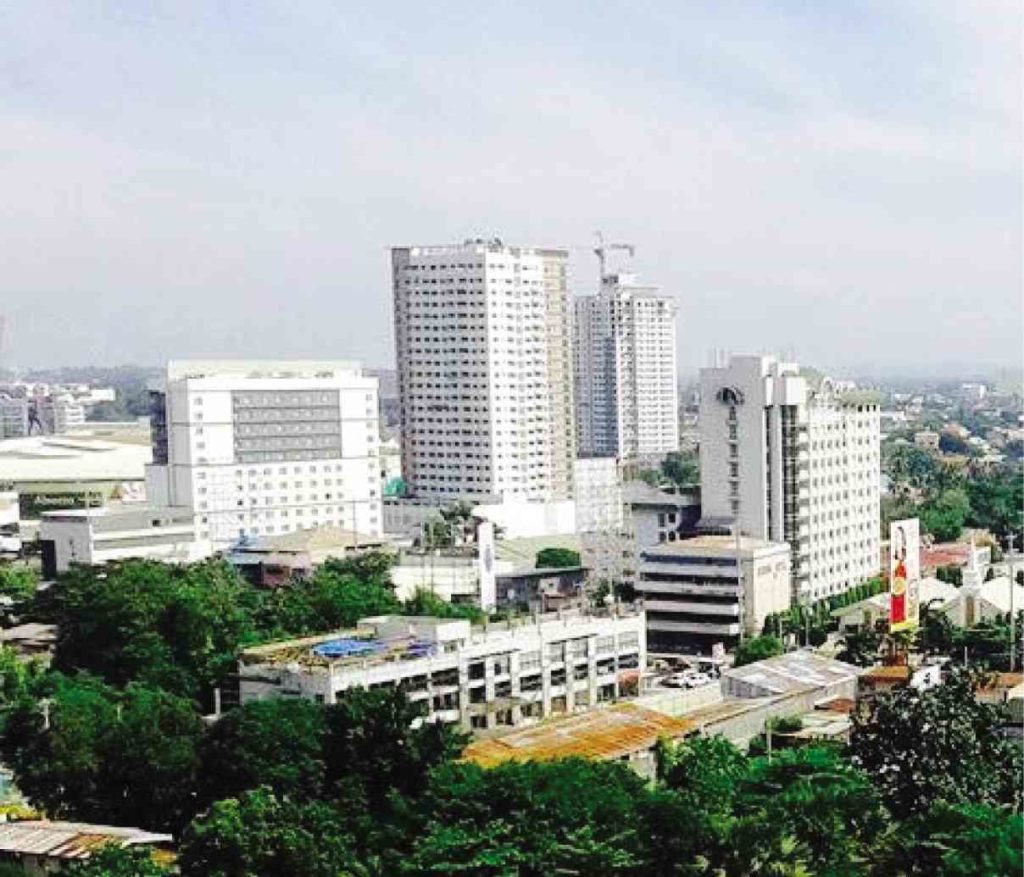The impact of migration

https://upload.wikimedia.org/
A recent World Economic Forum report had identified Davao City as one of the 22 cities most affected by the migration phenomenon.
What this simply means is that as Davao attracts a growing volume of migrants year after year, it is also feeling an undue, tremendous pressure to adequately provide the needs of the city’s residents and workers.
Key challenges
How so? A WEF report entitled “Migration and Its Impact on Cities” pointed out that President Duterte’s hometown is considered a prime destination for many migrants, notably because it is the center of trade in Mindanao and that it offers scores of economic opportunities and higher paying jobs, agricultural development, as well as educational pursuits.
But this continued wave of migration is starting to strain Davao City’s resources and now posing challenges in terms of housing, education, health, infrastructure, roads and transport, utilities, sanitation and waste, and even employment.
Based on the WEF report, these are the specific challenges that the local city government is currently facing:
Housing. Many urban-center migrants opt to reside in informal settlements because they are unable to secure formal housing, despite a rise in housing projects including subdivisions, condominiums and medium-built residential units.
According to WEF, the city has provided relocation sites for informal settlers through the Community Mortgage Program (CMP) and Urban Land Reform Program, for which additional sites for development have already been purchased.
Education. Many migrants are students. While this may have a positive effect on the city’s reputation, it can create a challenge for schools to provide facilities and faculties to accommodate the high volume of students.
As such, Davao City is implementing programs that help students, such as the Scholarship on Tertiary Education Program (STEP), while schools are hiring more teachers and building more classrooms to accommodate students.
Health. Migration created a demand for increased health infrastructure, manpower and services that must be provided to address migrants’ physical and mental health needs.
Health programs and centers are available at the barangay level in Davao. The government’s program, Lingap Para sa Mahirap (Assistance for the Poor), aims to assist citizens with their healthcare needs, the WEF said in its report.
Roads and transport. With more privately-owned vehicles in the city, traffic congestion has increased at a rapid pace, and has further stressed the city’s resources.
Hence, the city government established the City Transport and Traffic Management Office and the Transport and Traffic Code. Additional construction of road bypasses and improvement of existing roads are in the works, as well as a plan to establish two transport terminals.
Utilities. The average daily consumption of water increased by 14,357 cubic meters to 193,700 in 2016. The consumption of electricity also increased to 1.9 billion kilowatt-hours last year.
While the increase in consumption can partly be attributed to the city’s natural growth, much of it is due to its high number of migrants.
Waste management. On the average, 63.89 tons of waste are collected daily in the city by 120 hauling trucks. But Davao City’s sanitary landfill has a specified capacity. While it addresses the city’s population growth, it cannot accommodate daytime population of 2.2 million.
Employment opportunities and the labor market. With higher unemployment among residents, problems may arise as the economy cannot absorb all the graduates.
Global phenomenon
What Davao City is currently facing is not entirely uncommon as migration is a truly global phenomenon, with movements both within nations and internationally across borders.
According to WEF, the world has roughly 244 million international migrants and 763 million internal migrants. In other words, migrants make up more than 1 billion people, or one-seventh of the world’s population.
“With a high volume of migrants arriving in cities, city leaders are faced with the challenge of providing vital urban infrastructure and services to meet the needs of the migrant population. This includes affordable and social housing, quality education and health services, simple access to basic utilities (water, power, etc.), robust and congestion-free roads and transportation infrastructure as well as, finally, ensuring integration and social cohesion for the increased diversity,” the WEF report stated.
Future-proofing
If this is the case, how can cities future proof themselves in order to better address the economic, social and political impact of migration?
In the case of Davao City, its local government has “learned to evaluate the implementation of projects based on four core performance areas—governance, economic, social and environment—by prioritizing multi-stakeholder needs across programs, projects, activities, legislation and capacity development,” WEF reported.
“The city reinforces the idea of implementing local development plans, especially those that address migration and population explosions,” it added.
For many other cities faced with the same phenomenon, WEF stressed that “political will, institutional capacity and financial resources are required to innovate, and to devise and implement effective policies that welcome and integrate refugees and migrants.”
WEF further listed a few more crucial points that governments and their leaders must consider and take note of in light of increased migration:
As a contributing factor to a city’s growth, migration needs to be incorporated into the urban planning process;
Migration is perceived negatively, with locals fearing loss of jobs to migrants and increased cost of services. Studies, however, suggest otherwise, and migrants contribute to all levels of productivity.
Migration is mostly positive. Yet, by not planning for migrants or providing facilities for them, governments merely increase the risks and costs of migration and reduce its development potential.
Like urbanization, migration is a trend and forms an integral part of economic development and societal transformation. Cities must become involved proactively in the decision-making process of allowing immigrants into their cities.
Cities must demonstrate leadership and ownership in integrating migrants into the culture and society.
The private sector and nongovernmental organizations have a vital part to play in migrant integration by ensuring access to urban services and infrastructure, among others.
